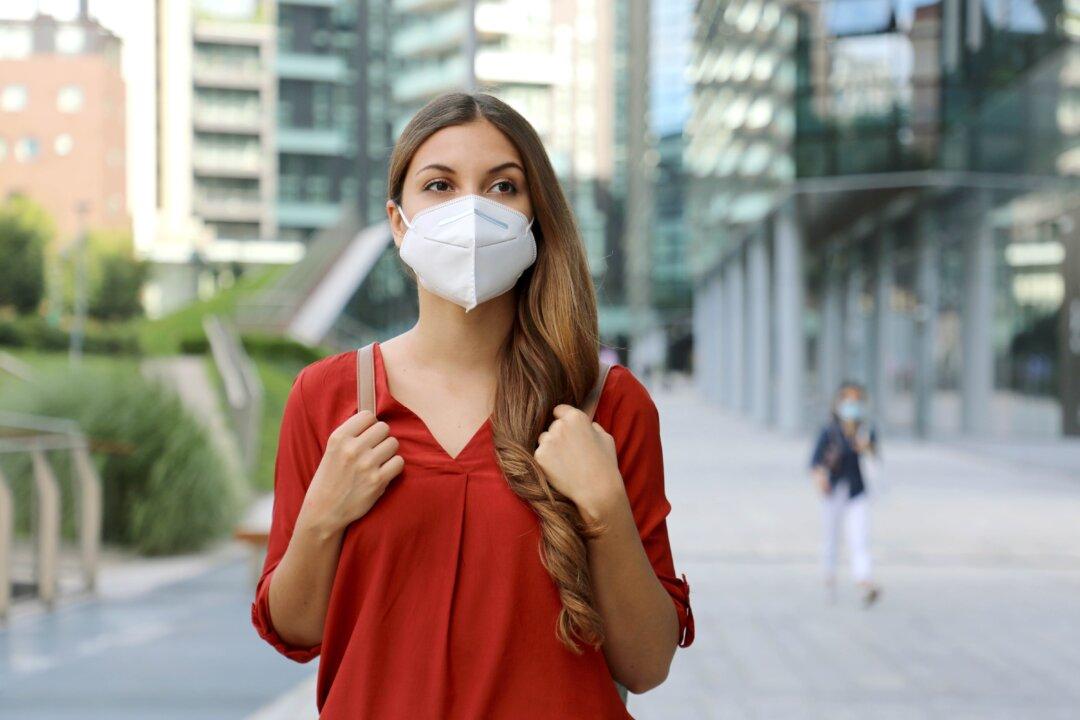In March 2020, officials called for a lockdown across most of the United States and Canada due to COVID-19. Schools closed, businesses were shuttered, and public life came to a screeching halt.
The initial plan was to slow the spread but this timeline eventually stretched into several weeks, and then months of restrictions.






